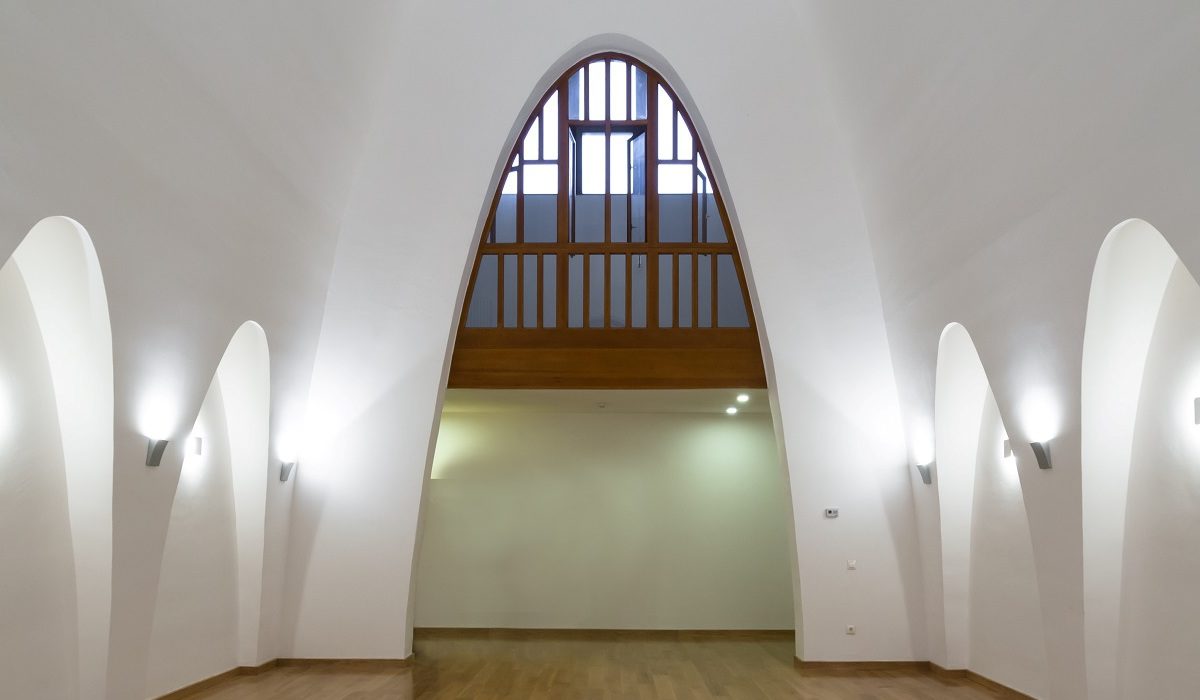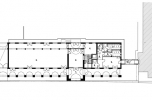Perspectives of Faith
The Development of the Surroundings of the Pilgrims’ Church, Máriapócs
Architects: Ferenc Salamin, Pál Salamin
Text: Bálint Botzheim
Photos: György Dénes, Bálint Botzheim
The situation after getting rid of the Turkish rule made it possible to create the iconostasis presenting God’s Mother, the Virgin Mary in a tiny village in the Nyírség region which was called then simply Pócs. It was painted by László Csigri to show his gratefulness after being freed from captivity. On November 4th, 1696 the painting started to shed tears, and the miracle repeated itself several times in that year. Máriapócs has evolved into the largest pilgrimage site of Saint Mary in Hungary of the Greek Orthodox community. The modernization of the surroundings of the pilgrims’ site had been completed by the end of 2016. The rural character of the square in front of the church has been transformed into that of a town as a result of the spatial walls of the buildings completed now. The last members of this group of structures, Családvár (Family Castle) and Immanuel house round off the spatial row embracing the square: they continue the spatial wall of the pilgrims’ house on its western site and close it down to the south. This is also the site where the market hall building is going to be built later on to join the present-day parapet wall of Immannuel house.
Családvár Zarándokház
Leading architect: Ferenc Salamin
Fellow architects: Pál Salamin, Szabolcs Szilágyi
Structure: Tamás Mantuano
HVAC: Péter Erhardt
Electrical engineering: Gábor Münnich
Public utilities: Károly Bíró
Zarándokközpont (volt óvodaépület)
Leading architect: Ferenc Salamin
Fellow architects: Pál Salamin, Szabolcs Szilágyi, Dávid Nemes
Structure: Tamás Mantuano
HVAC: László Nagylucskay
Electrical engineering: Gábor Münnich
Public utilities: Károly Bíró
Nemzetiségek Háza
Leading architect: György Wachsler
Architect: László Horváth
Structure: László Vértesy
HVAC: Iván Boros
Electrical Engineering: Géza Rácz
Rehabilition expert: Zsolt Sipos
Csodák Tornya
Leading architect: Pál Salamin
Consultant architect: Ferenc Salamin
Structure: László Pongor
Electrical engineering: Gábor Münnich










